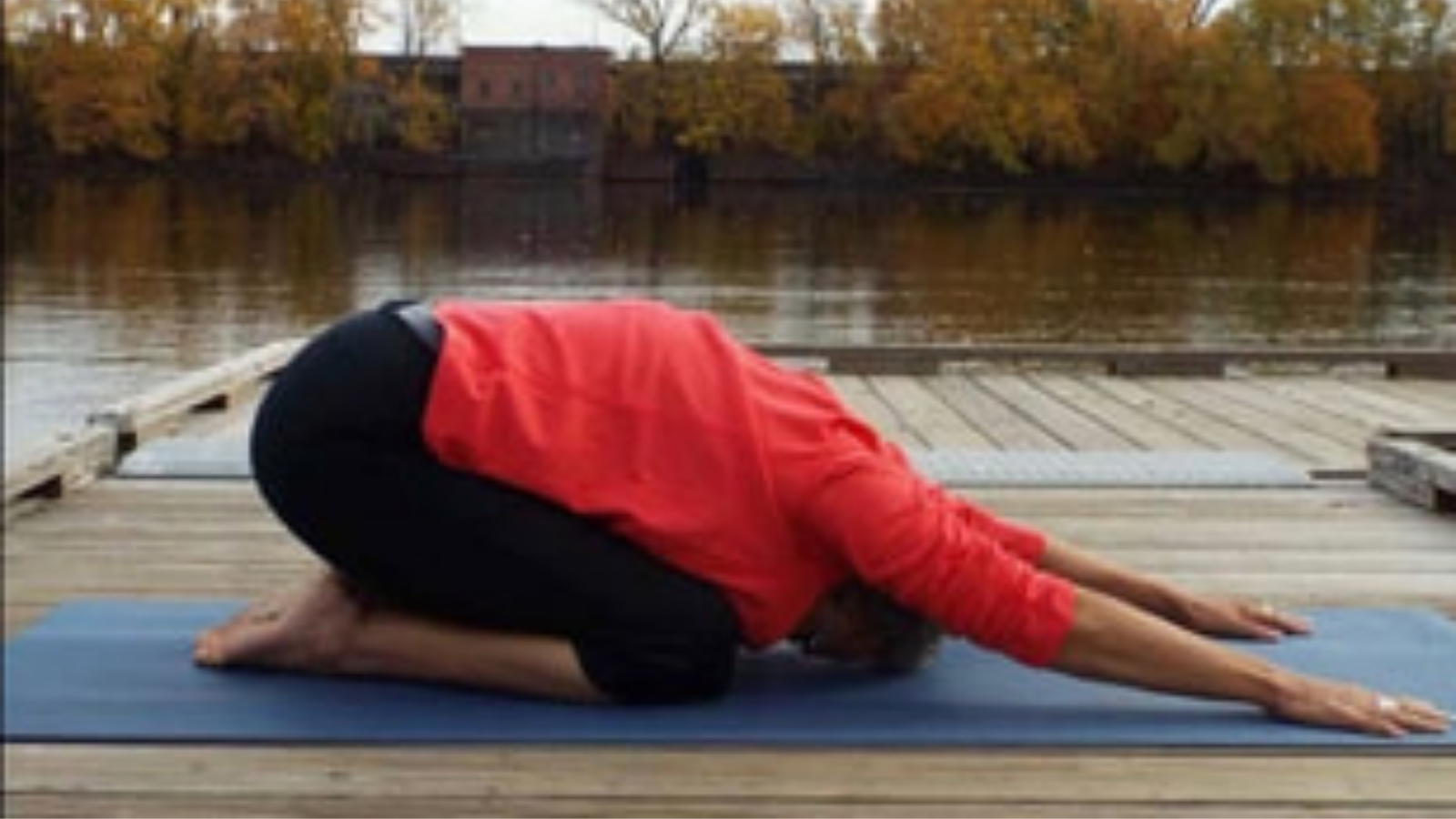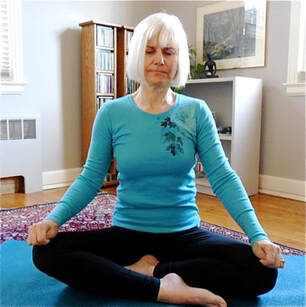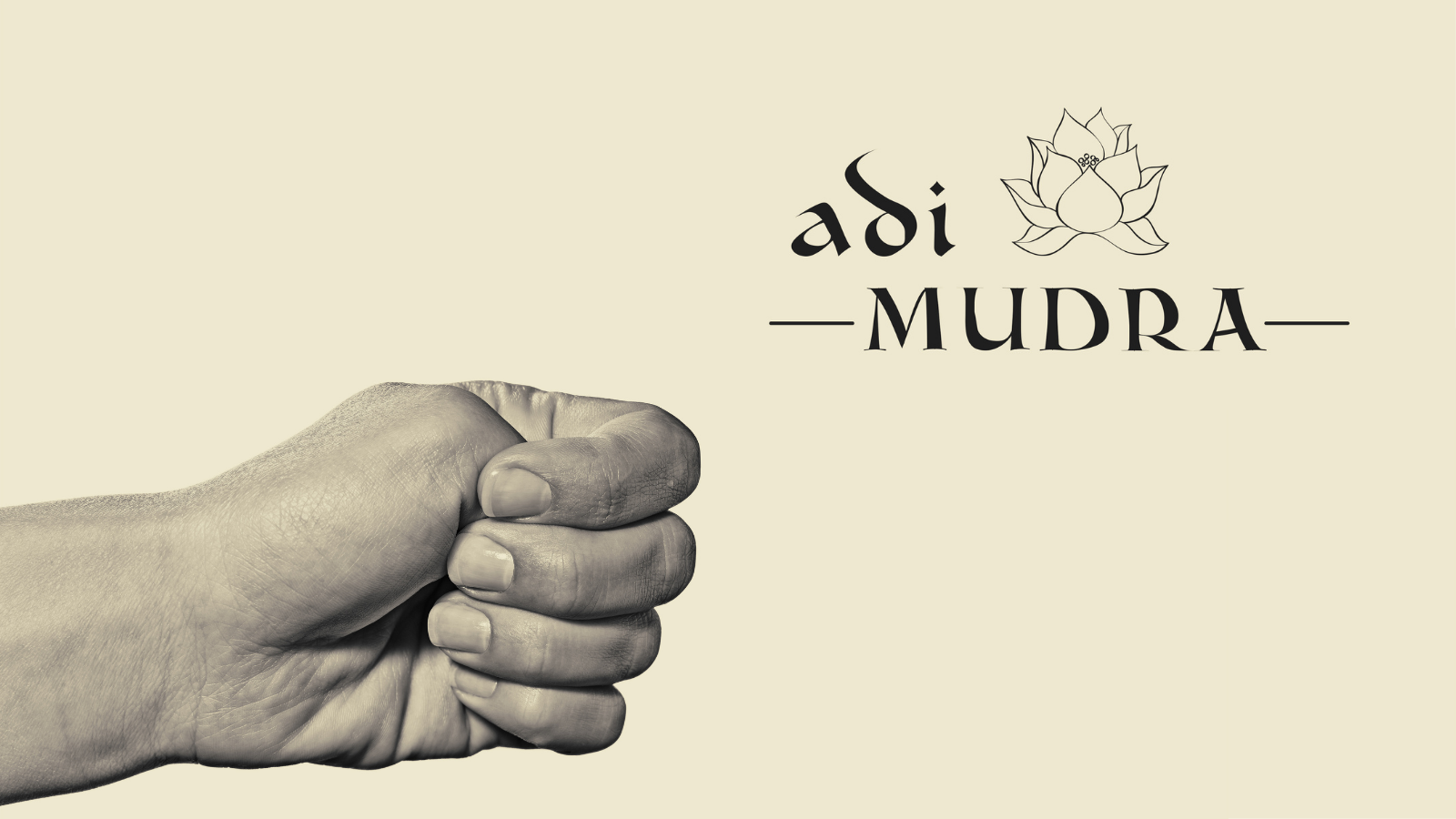Air Element: Balance Your Prana

Article At A Glance
My last post on the five great elements explored fire. In this post, we’ll explore the air element and how it can help us enlighten up.
What is air? It’s mostly gas. It’s Earth’s atmosphere. It’s all around us. Air is existence without form. We can’t see it but we can feel its effects on us. Think of enjoying a refreshing breeze on a hot summer day or the revitalizing sensation of breathing in cool morning air through an open window. Because air is vital to life, it pays to take a moment to consider the physical, energetic and psychological aspects of this element.
Air Element and Our Physical Well-being
On planet Earth, the air is the breeze that gently blows or the wind that howls. It can also be a powerful and destructive force like a hurricane or a tornado. Air is made of oxygen, nitrogen and smaller amounts of several other gasses and particles. We associate the air element with breath. We need air to live. A lack of air will kill us faster than a lack of any other element.
Air and Our Energetic Selves
Energetic: Air represents all movement necessary in the process of creation. Dr. Vasant Lad in his book, Ayurveda, The Science of Self-Healing says,
“Air is the element of movement. Air manifests in the larger movements of the muscles, the pulsations of the heart, the expansion and contractions of the lungs and the movements of the stomach wall and intestines. Under a microscope, even cells may be seen to move. The entire movements of the central nervous system are governed by bodily Air.”
The Air Element and Prana

This subtle aspect of the air element is called prana, the vital universal energy that surrounds circulates, and regulates all bodily functions. We get much of this vital energy through breathing but can also take it in through sunlight, water, plants, trees, and live foods. For example, recently I drove to the mountains for a retreat. When getting directions, I told Siri to avoid highways. She took me through a glorious sunlit, peaceful, tree-filled backcountry drive. I swear I could feel the prana pouring into my entire being the whole time. Pure air element bliss!
Psychologically our thoughts and emotions, like air, are changeable aspects of the mind reflecting back to us our ability to connect and flow with the ups and downs of life. When we move with lightness, balance, grace, and ease, when we are creative and spontaneous, when sleep comes easily and digestion is good, the air element is in balance. However, when we feel nervous, anxious, have difficulty sleeping, completing projects, feel spacey and unfocused, and have poor digestion, this element can be excessive and out of balance.
Getting to Know Your Air Element Balance
To create physical, mental, and emotional balance using the air element, it can be helpful to ask yourself these questions:
- At what times of the day do my physical movements feel most open and free?
- When do they feel closed and restricted?
- When are my thoughts and emotions clear, creative and positive?
- When are they most fuzzy, disturbed, and confused?
- Is there a consistent pattern?
When you are aware of the answers, especially to the last question, you can take steps to bring more balance to your day and to your life. Here are a few easy and accessible suggestions that work with the body, breath, and pranic energy.
Quick Life Hacks for Balancing the Air Element

How to Balance the Physical Aspect of the Air Element:
To work with your body, try Child’s Pose (Balasana). This helps to calm your nervous system and reduce the effects of anxiety and stress.
- Put a blanket or exercise mat on the floor to cushion your knees.
- Start on your hands and knees in Tabletop Pose (Bharmanasana).
- Sit back on your heels.
- Drop your forehead to the floor.
- Stretch your arms straight out in front of you or rest them back by your legs. If your forehead doesn’t feel comfortable on the floor, rest it on your folded arms or a pillow.
- Stay in the position for two minutes or longer if you are comfortable.
Variations:
- Do the pose in bed. This is easier on the knees.
- If you need to take a stress break at work do this variation in a chair (or on the toilet if you need privacy). Place your elbows on your lap and rest your head in your hands. Let your shoulders shrug up to your ears. Close your eyes and relax.
How to Balance Your Breathing
 To work with your breath, try Relaxation Breathing. It brings awareness to the breath, slows the rate of breathing, lengthens the exhalation and calms the nervous system.
To work with your breath, try Relaxation Breathing. It brings awareness to the breath, slows the rate of breathing, lengthens the exhalation and calms the nervous system.
1. Sit with a comfortable relaxed spine.
2. Relax your chest and shoulders.
3. Close your eyes (optional).
4. Inhale. Exhale. Hold the breath out and silently count “one thousand one, one thousand two.’
5. Repeat and continue for 2 to 3 minutes.How to Balance Pranic Energy
How To Balance Pranic Energy

To work with pranic energy, try Adhi Mudra. This hand gesture is said to encourage stillness.
1. Sit with your spine comfortably aligned.
2. Soften your chest and shoulders.
3. Close your eyes or keep them slightly open and gaze at the floor.
4. Form soft fists by placing your thumbs across your palms and folding your fingers around your thumbs.
5. Rest your hands, knuckles down, on your knees or thighs.
6. Hold the mudra and sit quietly for 2 to 5 minutes, as long as you are comfortable.
7. Focus on your natural breathing process.
8. When you are ready to come out, release the mudra and stretch your body in any way your body needs to stretch.
In Mudras for Healing and Transformation, by Joseph and Lilian Le Page, Adhi Mudra should be practiced with caution if you have low blood pressure. On a personal note, I have low blood pressure but am able to practice Adhi Mudra regularly with no problems.
As you work with your air element, breathe in these wise words from Toni Morrison:
“If you surrendered to the air, you could ride it.”
Also, read...
4 Ways to Protect Hands and Wrists in Yoga
Dancer Pose (Natarajasana): Practice Tips And A Beginner Yoga Sequence
Warrior 2: How To Sequence For Healthy Hip Alignment In A Beginner’s Class
Related courses
Need an Energy Makeover? How Yoga Can Help You Boost Vitality
Keys to Finding Inner Strength: A Yogic Wisdom Path to Developing Greater Resilience

Beth Gibbs, MA, is a faculty member at the Kripalu School of Integrative Yoga Therapy. She holds a master’s degree in Yoga Therapy and Mind/Body Health from Lesley University in Cambridge, MA. She is the author of Soul Food, Life-Affirming Stories Served with Side Dishes and Just Desserts, Enlighten Up! Finding Clarity, Contentment, and Resilience in a Complicated World and Ogi Bogi, The Elephant Yogi, a therapeutic yoga book for children. Beth is an experienced workshop leader and public speaker. She blogs at bethgibbs.com


